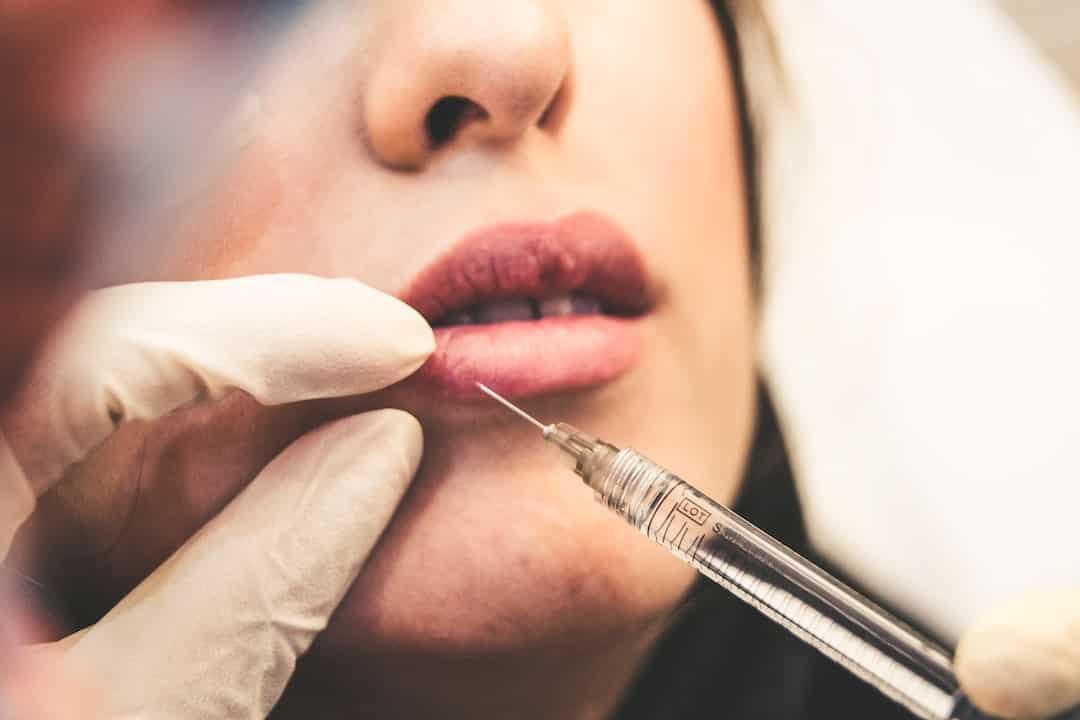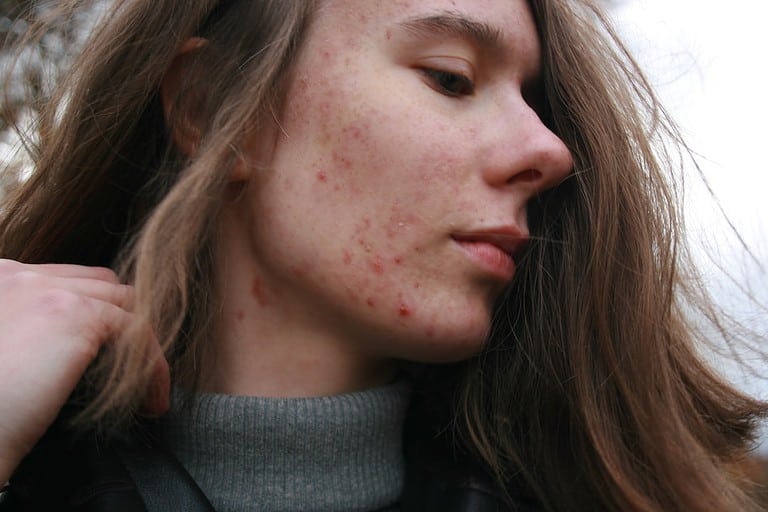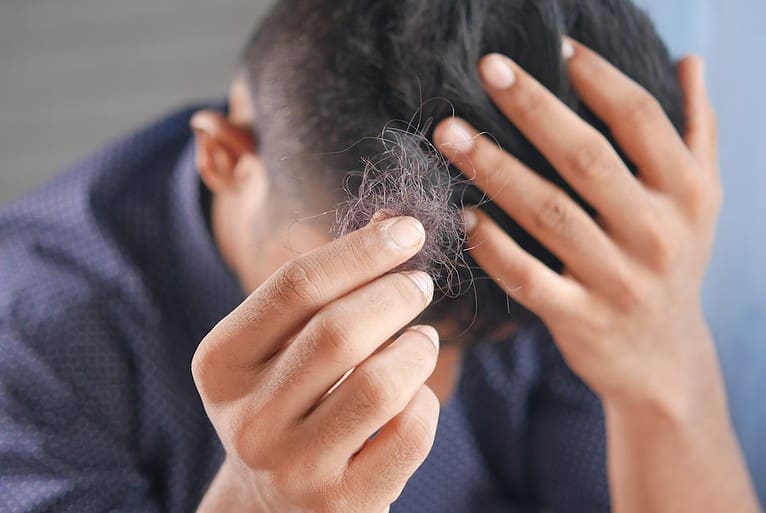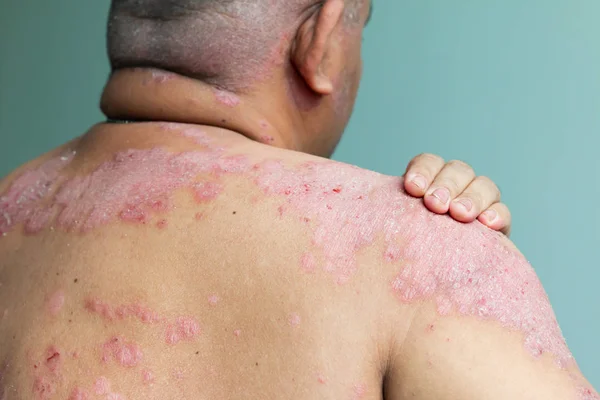Can I Use Red Light Therapy After Fillers? Are There Risks?
Dermal fillers can help enhance your skin’s appearance by restoring volume loss due to aging or other factors. For a non-invasive and effective solution to better skin health, Red light therapy may be the ideal choice. This begs the question “can I use red light therapy after fillers?”.
In this blog post, we’ll examine how RLT can be used as a complementary treatment with dermal fillers to optimize results. By combining these two therapies, you can achieve even better outcomes than using them separately. Let’s delve more into the details when asking, can I use red light therapy after fillers?
Table of Contents
Understanding Fillers and Red Light Therapy
Fillers are a commonly used aesthetic solution to diminish wrinkles, fine lines, and other signs of aging. Hyaluronic acid, a substance naturally present in the body that aids in keeping skin hydrated and voluminous, is used to make dermal fillers for cosmetic treatments like reducing wrinkles and fine lines.
Fillers can be injected into areas around the mouth, nose, cheeks, and chin to give the face more volume or structure. The results of filler treatments typically last 6-12 months before needing to be re-injected.
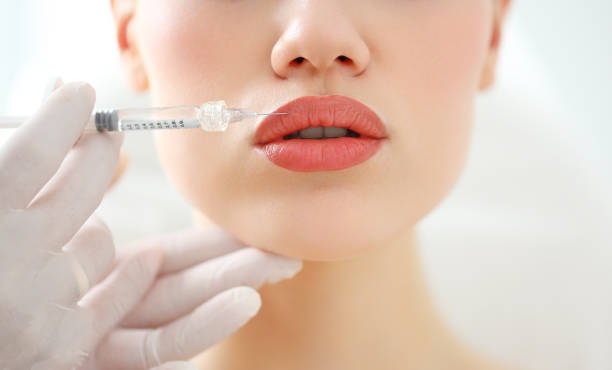
(Source)
Red light therapy is an FDA-sanctioned, non-surgical technique that uses special wavelengths of illumination to go through the epidermis and activate collagen formation. Red light therapy works by emitting red LED lights onto the targeted area for about 10 minutes at a time with no downtime after treatment sessions. It is believed that this type of therapy boosts circulation while also stimulating new cell growth which can help improve overall appearance including reducing wrinkles and fine lines as well as improving the tone and texture of your skin over time with regular use.
Can I use Red Light Therapy after Fillers?
When combining fillers and red light therapy, it is paramount to collaborate with a knowledgeable medical professional who understands both treatments thoroughly to avoid any potential skin sensitivity or allergic reactions due to the sensitive nature of this procedure. Additionally, too much pressure applied when administering RLT on top of recently injected areas could cause unevenness in terms of shape/volume or lumpiness which could result in undesirable outcomes. Therefore, exercising caution and paying close attention during application is key to achieving optimal results.
After getting fillers, it is recommended to wait at least 48 hours before embarking on a routine that combines the two treatments. When selecting a Red Light Therapy device, carefully consider what features best suit your individual needs; for instance, whether you require something portable or stationary. Furthermore, decide how frequently and for how long each session should last (usually 1-3 times per week up to 15 minutes maximum) to experience comfort while still achieving desired results.
Understanding fillers and red light therapy is an important step to consider before deciding whether or not can I use red light therapy after fillers. The next heading will discuss the benefits of using red light therapy after fillers so that you can make a more informed decision about your own health care needs.
Benefits of Using Red Light Therapy After Fillers
Red light therapy (RLT) is a popular treatment option for those looking to reduce the side effects of filler treatments. Red light therapy treatment can reduce the negative effects of fillers, such as swelling and bruising, while also enhancing circulation and stimulating collagen production.
When applied after filler injections, the low-level light (or laser) from Red Light Therapy (RLT) helps reduce swelling and inflammation, which speeds up the healing process. The improved blood circulation also helps deliver more oxygen to the area, which improves the overall health and appearance of the treated area.
The benefits don’t stop there—red light therapy treatment after filler injections can also have anti-aging effects. Infrared waves from the laser stimulate cellular regrowth at a much quicker rate, helping to reduce the appearance of fine lines and wrinkles, as well as sun spots, age spots, and uneven skin tone.
It’s important to know that not all red-light therapy is the same; some types may be better for certain purposes than others. It’s best to consult a doctor before starting any light-therapy routine so they can help you choose the appropriate kind based on your individual needs and goals. With the proper guidance, you should see visible improvements both in the fillers themselves as well as in your overall skin’s health.
Overall, the use of red light therapy after fillers can provide many beneficial results with minimal risks. However, before combining these treatments, it is essential to be aware of any potential risks that may arise.
Risks Associated with Combining Fillers and Red Light Therapy
When it comes to combining fillers and red light therapy, some risks must be taken into consideration. Patients need to discuss any potential issues with their doctor before undergoing treatment.
Allergic reactions are another possible risk when combining fillers and red light therapy. Although rare, allergic reactions can occur due to an ingredient in either product or because of an incompatibility between them. Patients should always disclose any allergies they may have prior to receiving treatment so that their doctor can take appropriate precautions during the procedure.
Combining red light therapy and dermal injections could result in interference of results with the skin. The breakdown of hyaluronic-based products could render an uneven appearance or result in the injection areas prematurely losing volume. Be sure to speak with your doctor about potential side effects and changes you may need to make to your treatment plan.
It is important to understand the risks associated with combining fillers and red light therapy before beginning any treatments. To ensure safety, it is best to learn how to safely use red light therapy after getting fillers.
How To Safely Use Red Light Therapy After Getting Fillers
After getting fillers, it’s important to wait at least two weeks before beginning red light therapy (RLT) treatments. This is to ensure that the filler has fully settled and that any swelling or bruising has gone down. If you start too soon, there could be interference with your results or skin sensitivity reactions due to the heat of the RLT.
When choosing a type of RLT for post-filler treatments, opt for one that uses low-intensity wavelengths such as infrared or near-infrared lights rather than high-intensity ones like visible red light. These lower-intensity lights are less likely to cause irritation while still providing beneficial effects on collagen production and circulation.
The frequency and duration of RLT treatments should also be taken into consideration when using them after fillers. It’s best to limit sessions to no more than once a week for about 10 minutes each time so as not to overwhelm your skin with too much heat exposure which can lead to adverse reactions like burning or itching sensations.
After your filler treatment, it’s key that you take good care of your skin. This includes hydrating properly, protecting yourself from the sun, and using a cleanser and moisturizer that are specially formulated for sensitive or dry skin. By combining these with the safe use of RLT, you can ensure the best results from your procedure.
Red light therapy is a great way to boost your skin’s health and appearance after getting fillers, but it must be done with caution. Other skincare routines such as proper hydration, nutrition, sun protection, and gentle cleansing can also help enhance the results of your filler treatment.
Other Ways To Enhance Your Skincare Routine Post-Fillers
Following up with a filler procedure with the right skincare and diet is essential if you want your fillers to last. Drinking plenty of water and eating a healthy diet rich in vitamins, minerals, and antioxidants will help aid the healing process.
In addition to applying sunblock, be sure to wear clothing that shields your skin from harmful rays. Also, remember to wear hats and shades when outdoors, even on cloudy days, as UV radiation can still penetrate clouds.
Finally, it’s important to gently cleanse and moisturize your skin every day. Cleansing helps remove dirt, oil, and makeup from your face while moisturizers help hydrate and nourish the skin. It’s important to choose products that are safe for the skin after procedures such as micro-needling, laser treatment, or injectables like Botox or dermal fillers.
FAQs in Relation to Can I Use Red Light Therapy After Fillers
Can I use Red Light Therapy after Fillers and Botox?
Yes, you can use red light therapy after Botox and fillers. Wait a day before starting the therapy after having Botox and fillers to give your skin time to heal. Additionally, make sure you are following any instructions provided by your doctor or skincare professional when using red light therapy after receiving injectables.
When should you avoid red light therapy?
Red light therapy should be avoided if you have a history of skin cancer, are pregnant or breastfeeding, have an autoimmune disorder, or are taking photosensitizing medications. Furthermore, those with diabetes should be cautious when considering red light therapy as it may lead to further difficulties.
Red light therapy can also interact negatively with some medical treatments such as chemotherapy and radiation therapy. Therefore, it is important to consult your doctor before trying red light therapy.
Conclusion
When asking “can I use red light therapy after fillers?”, it is important to remember that there are risks associated with combining fillers and red light therapy. Make sure you understand all potential side effects before proceeding with any treatment plan so you can make an informed decision about whether or not this combination is right for you. With careful consideration and caution, using red light therapy post-fillers may help give your skin a radiant glow while also promoting healing in the treated area.
Take control of your health and well-being by learning more about the benefits of red light therapy after fillers. Discover how you can use this cutting-edge technology to live a healthier, happier life today!

